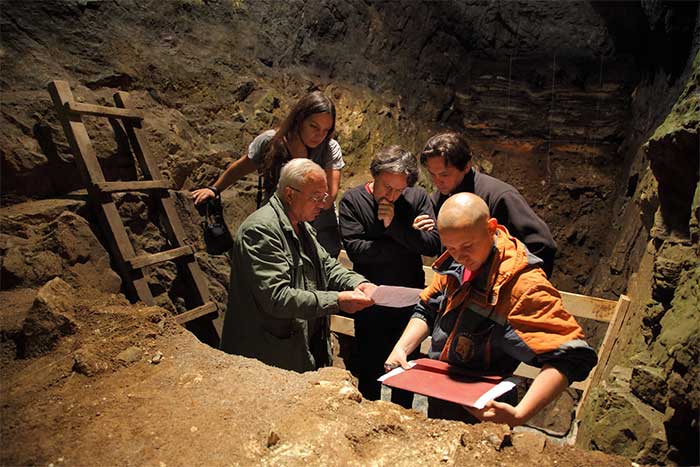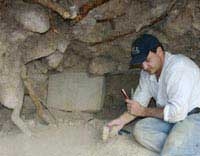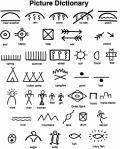Three “ghost humans” are the ancestral hybrids of some modern people, revealed through strange DNA.
They are called “ghost humans” because we know they existed, but we cannot find any skeletal remains or tangible evidence of them, or if we do, we still cannot understand who they were and where they fit on the human evolutionary tree.
1. Comprising 19% DNA of some West Africans!

The “ghost humans” are mysteriously hidden in the DNA of modern species or contain unexplained DNA – (Graphic image).
A research group led by the University of California, Los Angeles (UCLA) examined the DNA of four West African communities: the Yoruba and Esan in Nigeria, the Gambian community in Gambia, and the Mende in Sierra Leone.
They found that these communities inherited between 2% to 19% of their DNA from an unknown ghost human species.
This species diverged from the common ancestor of three human species—Homo sapiens, Neanderthals, and Denisovans—over one million years ago.
Among these, Homo sapiens is our own species, while Neanderthals and Denisovans are two closely related species within the Homo genus.
Then, about 900,000 years later, the mysterious ghost humans encountered Homo sapiens again in West Africa around 124,000 years ago, leading to interbreeding events.
2. The Siberian Teenager
Discovered in the Denisova Cave in Siberia, Russia, in 2018, the remains of a teenage girl were initially thought to be a hybrid of two ancient human species: Neanderthals and Denisovans.
However, in 2022, a group of scientists from Pompeu Fabra University (Spain) and the University of Tartu in Estonia used artificial intelligence (AI) to analyze the 50,000-year-old remains of the girl again.

An excavation at Denisova Cave in Siberia – (Photo: THE NEW YORK TIMES).
After removing Neanderthal and Denisovan elements, numerous unusual genetic features remained from the girl’s skeleton, suggesting she may not be a hybrid of the two aforementioned species but possibly the sole representative of another unknown human species.
Nevertheless, who she was and where she stands on the intricate human family tree still remains a mystery.
3. The “Stranger” in the Levant
Approximately 120,000 to 140,000 years ago, a ghost human species roamed the Levant, a crescent-shaped region that is part of several modern Middle Eastern countries.
Named Nesher Ramla Homo, this lineage of ancient humans reveals a complex blend—both in bloodlines and tool-making technology—of ancient Eurasian and African peoples, as well as between the two species of Homo sapiens and Neanderthals.
They possess more ancient anatomical features compared to contemporary Neanderthals and the current Homo sapiens lineage in the Levant, living in what is now Israel.
It is likely that they diverged from a common ancestor of these two species, but many questions remain unanswered. The data about them is intertwined and complex, suggesting that the history of our species and Neanderthals may be more intricate than we previously thought.





















































